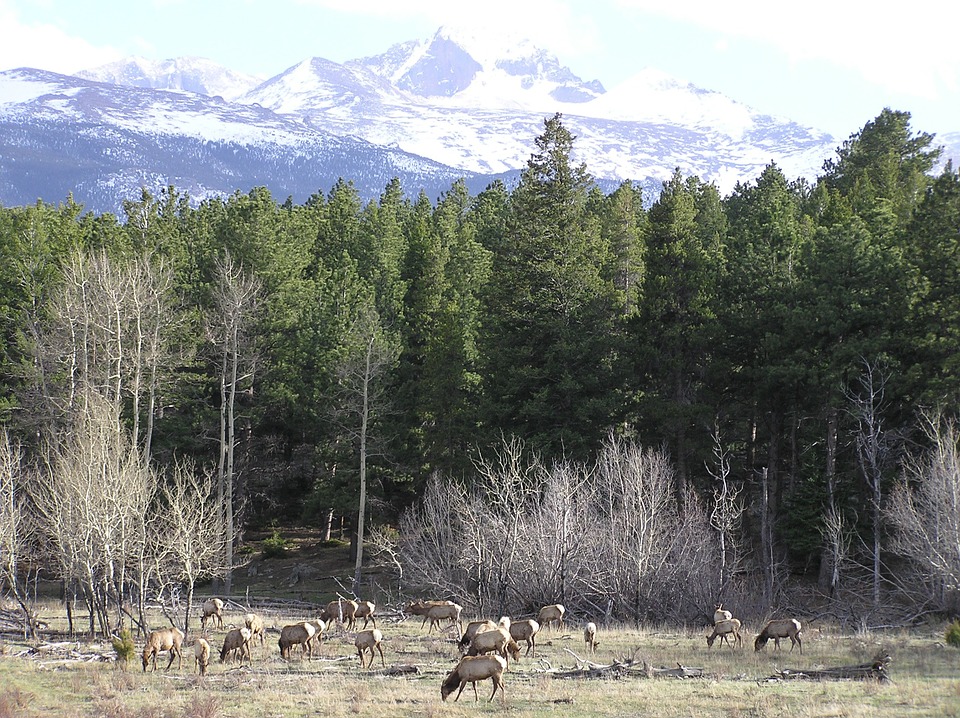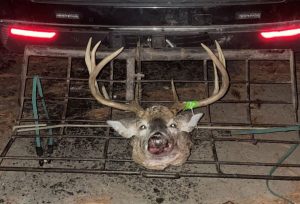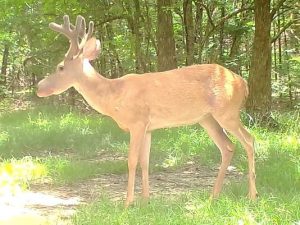University of Montana Associate Professor Mark Hebblewhite has been investigating and studying migratory elk since 2001 and received adequate funding to continue his study. Hebblewhite’s study is now the longest running elk study in the world after a 16-year project ended at Montana State University in 2011.
“Traditionally, about 95% of the elk herd migrated in Vance National Park where they summered and then they wintered on the Ya Ha Tinda ranch which is a lower elevation grass land,” Scott Eggeman from Montana Fish, Wildlife and Parks said. “They noticed a decline in the proportion of migratory elk and that prompted the research.”
Hebblewhite and his co-investigator Evelyn Merrill of the University of Alberta have dedicated their lives to uncovering the rigors of elk ecology and the idiosyncrasies of these large ungulates and recently received $435,000 worth of funding from the National Science Foundation.
“One of first elk I collared in 2001 just ended her life,” Hebblewhite told The Columbian. “Her collar came back this winter when they found her dead. She used to migrate into the park for winter range, into some Bob Marshall-type country. Then she gave up migrating for about five years. Then she started migrating again, but to a different area, more foothills country where she could find food and avoid grizzly bears. We wouldn’t have seen those changes if we hadn’t watched her over her whole lifetime. It was like a ‘Days of Our Lives’ series with elk.”
Their project began with VHF radio collars and has since evolved into satellite GPS tracking, allowing them and their team of researchers to learn more about where collared elk spend their time, bear their young and how and when they migrate.
“The average female elk can live 20 years, and they make decisions on a day-to-day basis. They react to forest fires, clear-cuts and colonizing predators. So if you collar an elk and see what she does for two or three years, and assume that’s what she’ll do for the rest of her life – that’s not at all the case. We’re seeing changes in migratory patterns in the Blackfoot, in Yellowstone and in the Bitterroot. Those changes are made up of individual females changing their behavior over life,” said Hebblewhite.
The study still remains in the planning stages and bases their operations on a small government-owned ranch in Alberta.




